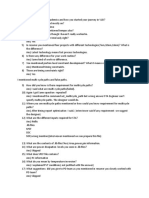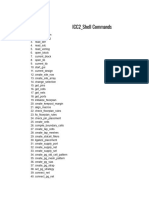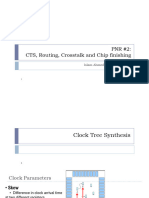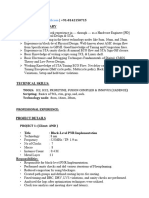0% found this document useful (0 votes)
4K views11 pagesClock Tree Synthesis (CTS) - VLSI Guide
Clock Tree Synthesis (CTS) balances the clock network by inserting buffers and inverters to minimize skew. CTS is performed after placement to add buffers and inverters to the clock network with equal rise and fall times while meeting timing and design rules.
Uploaded by
RA NDYCopyright
© © All Rights Reserved
We take content rights seriously. If you suspect this is your content, claim it here.
Available Formats
Download as PDF, TXT or read online on Scribd
0% found this document useful (0 votes)
4K views11 pagesClock Tree Synthesis (CTS) - VLSI Guide
Clock Tree Synthesis (CTS) balances the clock network by inserting buffers and inverters to minimize skew. CTS is performed after placement to add buffers and inverters to the clock network with equal rise and fall times while meeting timing and design rules.
Uploaded by
RA NDYCopyright
© © All Rights Reserved
We take content rights seriously. If you suspect this is your content, claim it here.
Available Formats
Download as PDF, TXT or read online on Scribd
/ 11





















































































